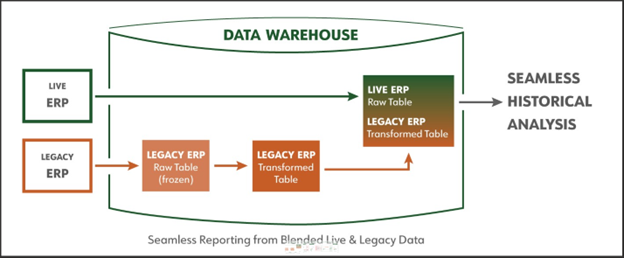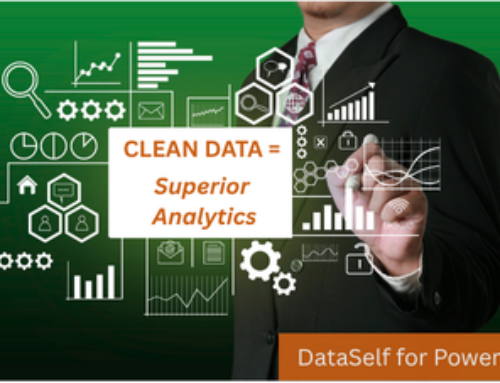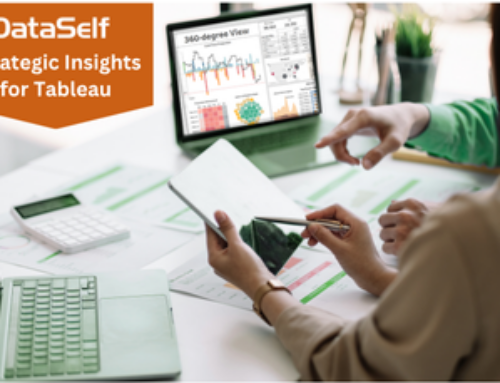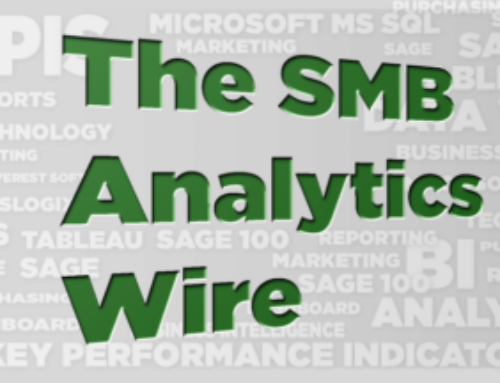The Lurking Legacy Data Monster, and what to do about it.
Analysts calculate that a staggering 65% of all businesses either have adopted a new ERP system within the last 3 years or are considering adopting a new ERP system in the near future. That’s a huge number.
Anyone who has gazed into the shadows of a new ERP System implementation, has sensed something lurking there. Something that threatens business as they know it…the “Legacy Data Monster.”
Legacy Data Monster Chaos
This creature has a variety of options at its disposal to cause disruption, disarray, and distress. It may choose to suddenly depart – and take with it – all critical historic metrics. It may stick around, devouring months of work as analysts attempt to reconcile and blend data with a new business system. Or – it may continue creeping behind the scenes – popping its head up in inconsistent reporting and metrics…forever.
When looking into the monster’s shifty eyes, it may be tempting to say, “Out with the old; in with the new ”, but you know better. While modern ERP systems support the importation of certain data – such as customer profiles, product lists, and GL balances; they unfortunately do not support the conversion of transactional data – such as invoices, payments, and purchase orders…all of which are critical to historical reporting metrics.
Blending old and new transactional data enables analytics and meaningful metrics. (E.g., think “year-over-year sales variances” and – without blended historic analytics — how difficult it would be to identify buying trends and decide on future sales strategies.)
Some businesses try to tame the legacy data monster by manually ‘marrying’ old and new transactional data using multiple reports or linked spreadsheets. But issues such as data inconsistency, differing ‘record identifiers’, and data volume make these options untenable.
And that’s where a data warehouse comes in. DataSelf’s ETL+ Data Warehouse overcomes the Legacy Data Monster by enabling long-term data storage for easy auditing, blending and analysis of live and historical data.
What is a Data Warehouse?
A data warehouse is a system that businesses use to optimize and store data for reporting and analytics. Data warehousing acts as a central repository for both current and historical data gathered from transactional databases. Most importantly, a data warehouse blends data from both old and new systems in a highly efficient manner.

How Does Data Blending Work?
Data blending works by:
- Retrieving select data from old and new systems
- Manipulating the data so that key components (such as invoices) match up
- And then puts the information into the data warehouse.
The key to this process is a technology called “ETL” – for (e)xtract, (t)ransform, and (l)oad. Working in conjunction with the data warehouse, ETL blends data from old and new systems enabling real-time analysis using any of a variety of tools including Tableau, Power BI, or Excel.
The creation of this blended-data repository is a three step process:
- Legacy transaction data is extracted from the old system and replicated in the data warehouse. It’s retained there for as long a business needs access for reporting and auditing purposes.
- The legacy data is transformed to match with the new data, remove inconsistencies, and create “ID conversion tables” (e.g.: old Product IDs converted to new IDs).
- A “union” of the legacy and live records (such as ERP invoices) is created in the data warehouse, enabling seamless and fast analysis of blended data.
Note: For anyone who is sticking with the same ERP solution and thinks that data blending doesn’t apply to their organization . . .
- Data Blending is also useful outside of legacy data reporting. With so many business apps in use today, data blending simplifies cross-application analysis. One common use is blending ERP with CRM data, such as cost-to-revenue analysis between marketing campaigns (in CRM) and sales (in ERP). It’s worth taking some time to consider whether this might be a benefit for you.
How a Data Warehouse Offers a Happy Ending
With the increased use of BI tools, organizations want more-sophisticated analyses on bigger datasets. BI tools, although powerful, are subject to the same issues as legacy reporting – data inconsistencies and data volume. Using a data warehouse with BI tools solves those issues, and streamlines the entire reporting process.
Ultimately, in today’s analytical business environment, nothing is more important than the long sought-after “single version of the truth”. With the legacy data monster contained and controlled thru the use of a data warehouse, decision makers can rest easy and finally achieve that truth.
For further details on data blending, click here.
For more information on how Data Warehousing from DataSelf aligns with your specific reporting requirements, please contact us.




